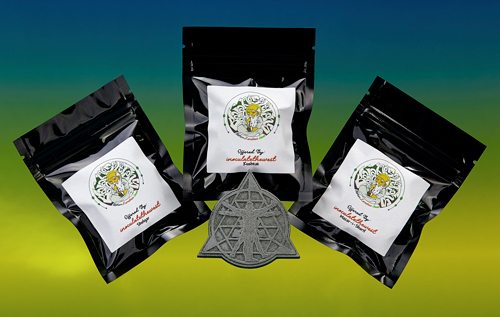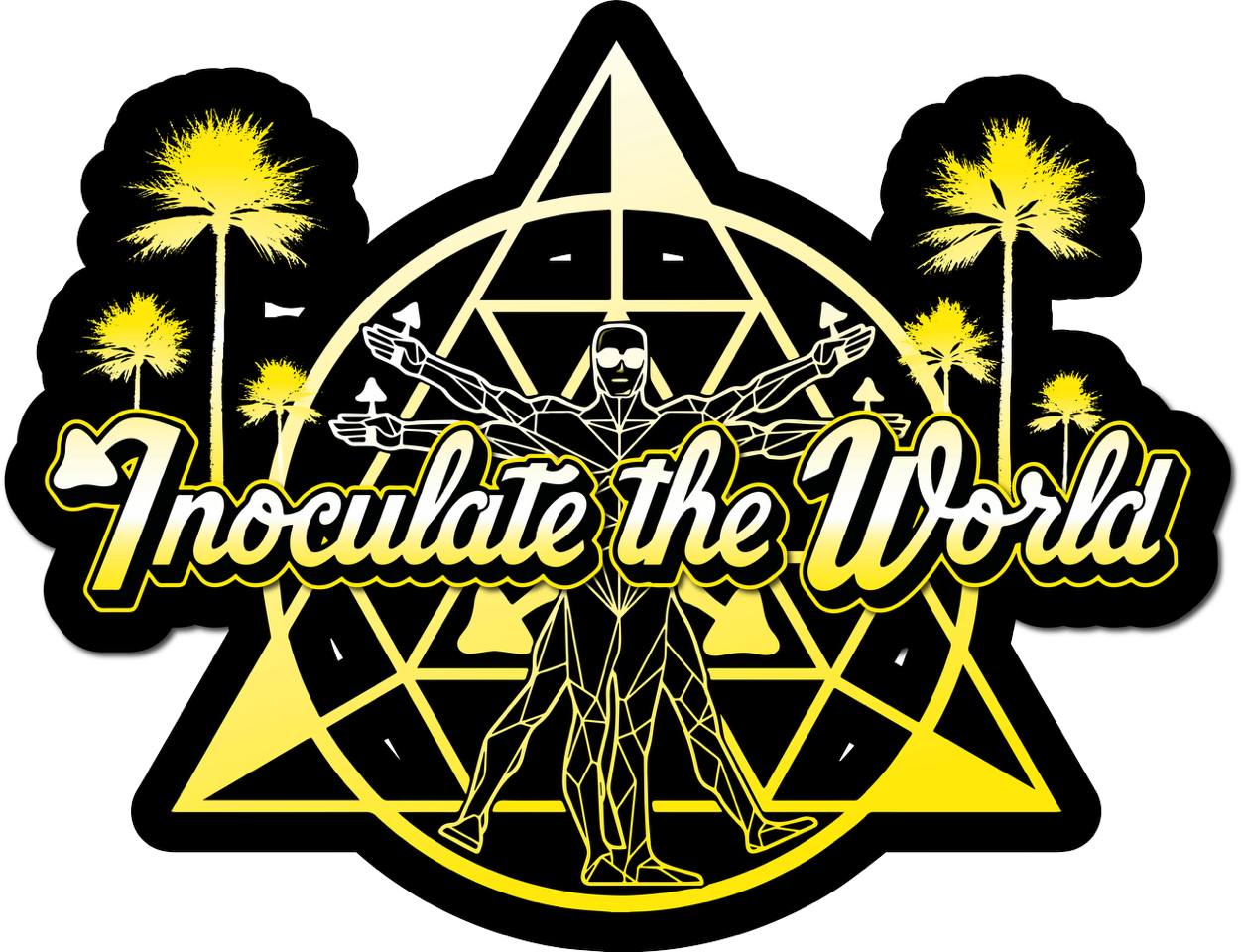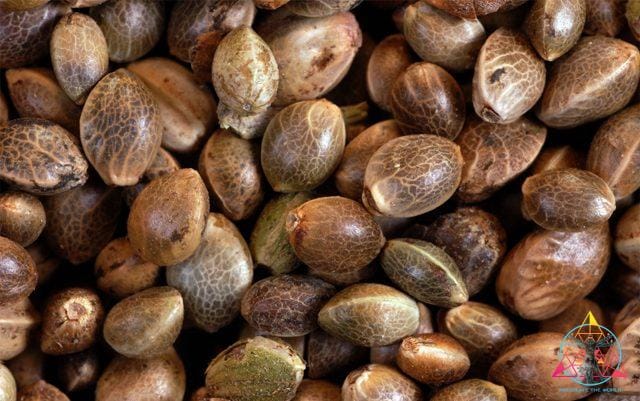During winter, Baaba* travels around his home country of Afghanistan in search of landrace strains. In that part of the world, plants are left to grow far longer than the season in California, and are harvested for their resin instead of their flowers. But when local farmers chop everything down in mid-winter, Baaba arrives to take what’s considered a by-product back to Europe—the landrace seeds.
The local plant trichomes are used to make a traditional type of hand-rolled hashish called bhang, bang or chars according to Baaba. “You can find the word Bahng in Persian texts of a thousand years,” he wrote on his Instagram. “In Afghanistan bhang has a special deep [meaning in] literature and culture.”
These days, it is still highly revered in the region of Balkh and consumed from a traditional pipe called a chilam dera in a ritual way. “This industry and these methods have been inherited by farmers since ancient times,” Baaba explains in an article he wrote for Skunk Magazine.
What is a landrace strain?
Most of the seeds available in the US today are the product of years of work; breeders cross different strains together to form new strains with desirable qualities, usually flavor and strength, but also characteristics like resilience to pests like bugs and mold.
Yet, we can forget there are indigenous plants growing in the wild too, and these are the landrace strains we’re talking about. Instead of being bred for qualities that are currently in style, they’re molded by their natural environments, and are often revered by local people for their unique properties.
Landrace strains are one of two varieties depending on where they’re from: either pure a sativa or pure indica. Sativa are typically from hot climates with lots of sun, like Thailand and Africa, and those environments have made their plants tall, their flowers spindly, and their leaves long and skinny. Indica, on the other hand, come from cooler, mountainous climates like Central Asia and the Middle East, and so their plants have adapted by becoming shorter, bushier and with wider flowers.
Then of these varieties come the landrace strains we know today. Some of the most common are varieties of Afghan Kush like what we offer in our seed catalog, Durban Poison from Durban, South Africa, and Thai Stick from Thailand—all named after the region where they grow.
Since the 1960s hippie movement, these landrace strains have been shared among travelers and are the foundation of the hundreds of highly revered strains we know today.
Why are landrace genetics important?
Landrace strains have strong and varied genetics and so are incredibly valuable for research. That’s because most of what’s around today is basically a copy of a copy of a copy of a strain, and that results in poor genetics.
Landrace genetics, on the other hand, are more pure because they haven’t been bred by humans for specific qualities. When we do that as researchers, we’re changing the plant’s genome to express only certain qualities, and then other important characteristics are lost.
But with landrace strains, there is a much greater genetic diversity, and so many more possible expressible qualities for a breeder to play with when developing new hybrid seeds.

Landrace Strain Seeds
Landrace strain seeds are important to preserve in order to have stock that breeders can rely on for clean genetics. But, preserving landrace seeds goes far beyond their genetic makeup—these strains are integral parts of their local cultures, some for thousands of years like in Afghanistan.
In fact, our seeds are sourced directly from Baaba from above who is the founder of the seed bank: BaabaQo Selections. He named his company after the mythical character Baaba Qo from the Balkh province of Afghanistan. According to the local legend, when Baaba Qo smoked his chilam dera, the entire city of Balkh was covered in a cloud of smoke. To this day, when people of the region light their chilam, they honor Baaba Qo with respect.
Thanks to seed collectors like Baaba, there is a renewed effort to seek out and preserve landrace strains, to keep genetic diversity alive and thriving and to honor the ancient cultures that have been using the plant for thousands of years.
To experience the magic of landrace seeds for yourself, visit our rare landrace seed catalog where we carry: Baharak seeds, Balkh seeds, Dayma “Kundoz” seeds, Kandahar seeds, Khash seeds, Kushkak seeds, Mazari-i-Sharif seeds, Panjshir seeds, Rabat seeds, Rustam seeds, Sholgar seeds, and Tashqurghan “Kholm” seeds—all named after the region in Afghanistan where they were collected.
*Not his real name
Disclaimer: All seeds sold are strictly intended for souvenir and novelty purposes only. All descriptions and images have come directly from the breeders who operate in a legal climate. We encourage all customers to follow the laws set forth by their country, state, province and local municipalities. All sales are final.

